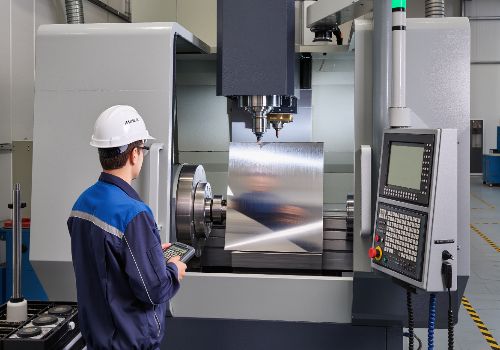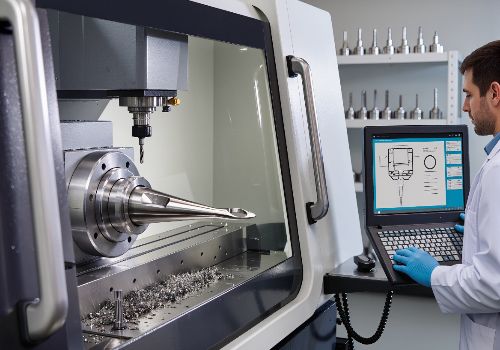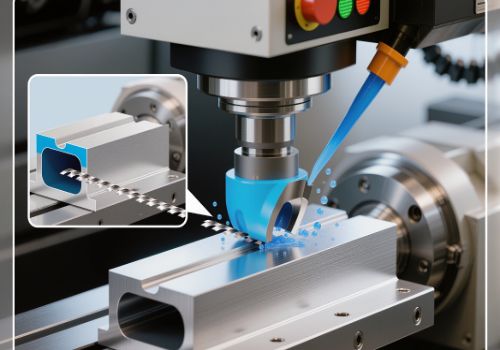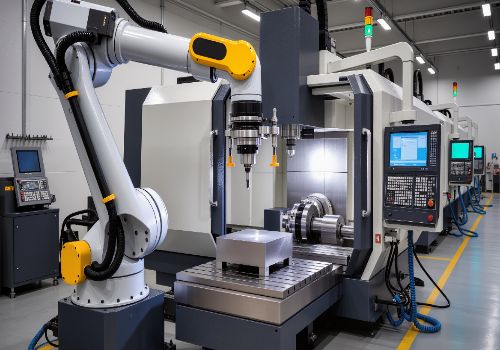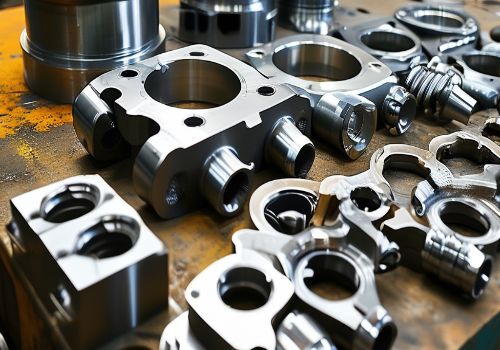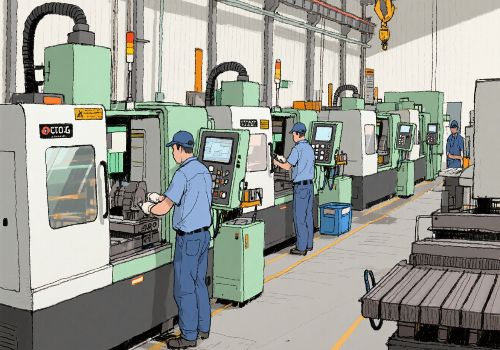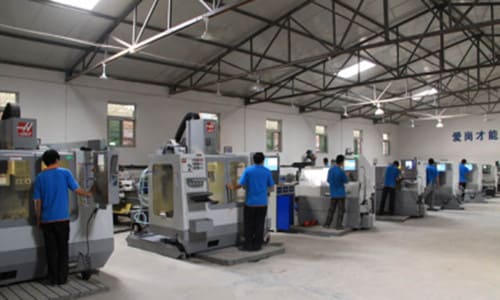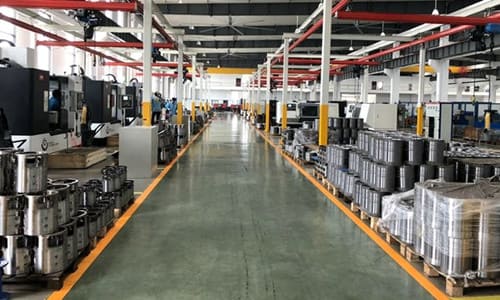Ensuring product quality during machining is also a guarantee for the interests of the company. Once parts are deformed during machining, it will not only affect the production efficiency and quality of the product, but once the scrap rate is too high, it will lead to an increase in processing costs. These are very undesirable for both machining companies and customers.
Therefore, in processing engineering, it is necessary for operators to observe the processing dynamics of parts at any time, and to understand relevant professional knowledge can prevent the occurrence of deformation behavior of parts processing.
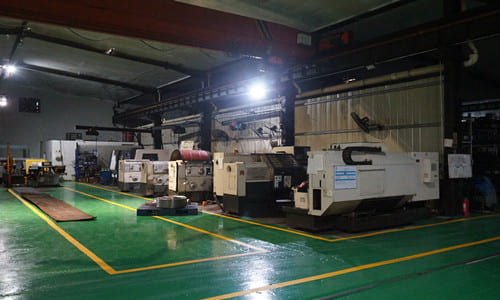
There are several factors that can contribute to part deformation during the machining process. Here are some of the most common factors:
Material Properties: The material properties of the part being machined can have a significant impact on its deformation during machining. Materials with high thermal conductivity, for example, can dissipate heat more quickly and are less prone to deformation.
Cutting Parameters: Cutting parameters such as cutting speed, feed rate, and depth of cut can affect the amount of heat generated during machining. High cutting speeds and feed rates can generate more heat, which can lead to greater part deformation.
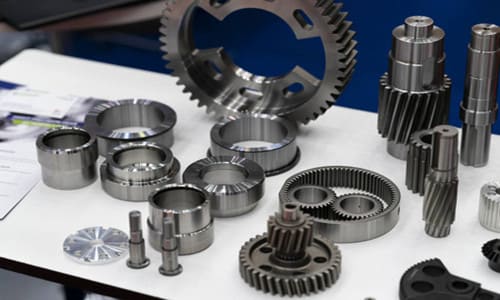
Cutting Tool Selection: The selection of cutting tools can also influence part deformation. Tools with higher stiffness and rigidity can reduce the amount of deflection and vibration during machining, which can help to minimize part deformation.
Workholding: The method used to hold the part during machining can also affect its deformation. Improper workholding can cause the part to move or vibrate during machining, leading to dimensional errors and deformation.
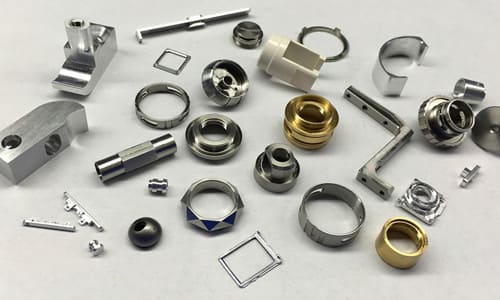
Machine Tool Rigidity: The rigidity and stability of the machine tool can also influence part deformation. Machines with greater rigidity and stability can withstand higher cutting forces and vibrations, reducing the likelihood of part deformation.
Cutting Fluid: The use of cutting fluid can help to dissipate heat and reduce friction during machining, which can reduce the likelihood of part deformation.
Operator Skill: The skill and experience of the machine operator can also affect part deformation. Proper machining techniques, such as selecting appropriate cutting parameters and monitoring part temperatures, can help to minimize part deformation.


